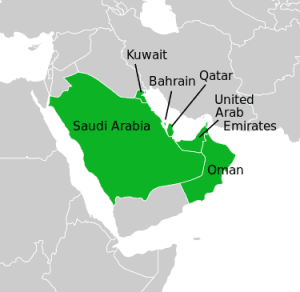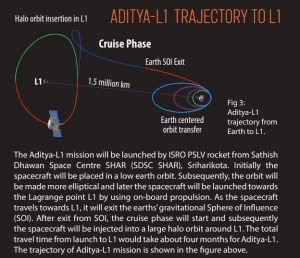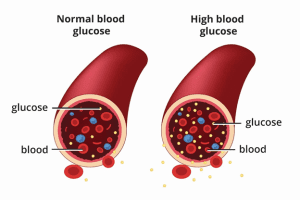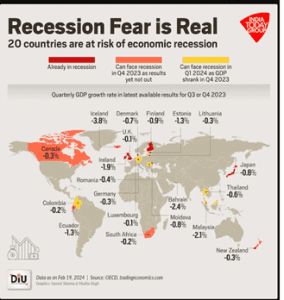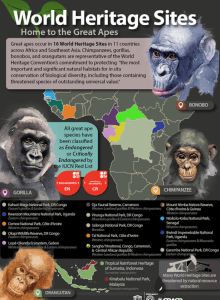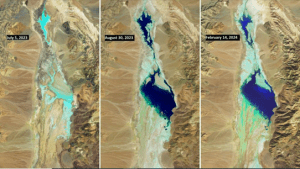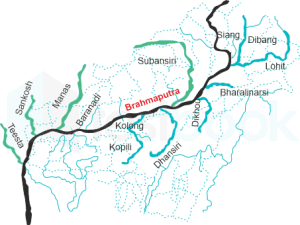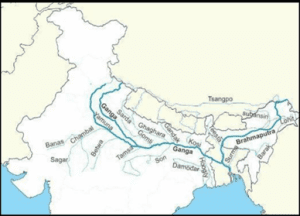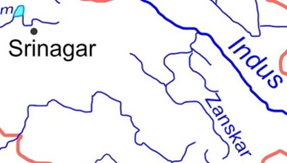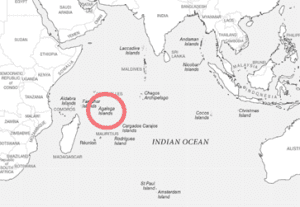(Newspapers, PIB and other important sources)
Prelim and Main
1. Critically Endangered Javan Rhino Calf Spotted In Indonesia READ MORE
2. A freak DNA change 25 million years ago is why humans lack tails READ MORE
3. Right against climate change a distinct fundamental and human right, SC judgment READ MORE
4. Lancet paper provides proof for undeniable link between high glycaemic index and diabetes READ MORE
5. What is a citizen’s ‘right to be free from the adverse effects of climate change’, underlined by Supreme Court? READ MORE
6. Why VVPAT was brought in, why Opposition wants all slips verified READ MORE
7. How solar eclipse will help study Sun, why Aditya L1’s view will not be blocked READ MORE
8. Remembering Mangal Pandey, and the legacy of the revolt he inspired READ MORE
9. Corals can bounce back after heat waves, but only if there’s enough time between them READ MORE
Main
GS Paper- 1
1. Gone too soon — the subject of youth suicide in India READ MORE
2. How did the seafloor turn into mountains? A tectonic step decoded READ MORE
3. What causes earthquakes in Northeast US, like the magnitude 4.8 that shook New Jersey? A geoscientist explains READ MORE
GS Paper- 2
POLITY AND GOVERNANCE
1. How anti-money laundering law came to have a vast scope, granting police powers to ED READ MORE
2. Perverse intent: On the Citizenship (Amendment) Act READ MORE
3. How electoral bond verdict puts individual rights at risk READ MORE
4. Heed SC message on climate READ MORE
5. State Funding, Right to Recall and More: Why Electoral Reforms Can’t Wait Any Longer READ MORE
SOCIAL ISSUES
1. Shaping India’s path to inclusive health care READ MORE
2. Global health: Embracing ‘My Health, My Right’ READ MORE
INTERNATIONAL ISSUES
1. Are India-US ties really in a ‘free-fall’, or are sceptics missing the wood for the trees? READ MORE
2. A stabilised or destabilised Europe: After 75 years, NATO must stop expanding READ MORE
GS Paper- 3
ECONOMIC DEVELOPMENT
1. A new methodology with some issues READ MORE
2. With Indian economy comfortably placed, it’s time to focus on quality of growth READ MORE
3. Need to focus on market-oriented skill development READ MORE
4. India’s wealth inequality is rising READ MORE
ENVIRONMENT AND ECOLOGY
1. What are wildlife corridors? READ MORE
2. Carbon dioxide in 2023 comparable to 4.3 billion years ago as global greenhouse gas levels hit all-time high: NOAA READ MORE
3. Heat affects India’s aim to move from coal to renewables READ MORE
SCIENCE AND TECHNOLOGY
1. Prioritising health for a sustainable future READ MORE
2. Generative AI creates challenges in intellectual property and epistemology READ MORE
INTERNAL SECURITY
1. Marching ahead with technology absorption READ MORE
2. India is a responsible power, targeting terrorists beyond border is a statement of intent READ MORE
DISASTER MANAGEMENT
1. Mitigating risks in infrastructure development READ MORE
GS Paper- 4
ETHICS EXAMPLES AND CASE STUDY
1. This Quote Means: ‘An unexamined life is not worth living’, by Socrates READ MORE
2. Let’s embrace imperfections READ MORE
Questions for the MAIN exam
1. While the Supreme Court’s decision to strike down the electoral bonds scheme represents a significant stride towards heightened transparency in political funding, it is unlikely to solely eliminate the pervasive issue of monetary influence in elections. Critically examine.
2. The right to recall epitomises a more direct and participatory form of democracy, empowering voters while ensuring elected representatives remain answerable. Analyse.
3. India-US ties are subject to a perpetual cycle of optimism and pessimism independent of geopolitical realities. Examine.
4. Digitalisation and increased formalisation appear to have pushed India’s potential higher, but there is now hope for growth that is sustainable and inclusive. Comment.
5. The constitutional right to health is critical to breaking the vicious cycle of poverty and poor health. Comment.
QUOTATIONS AND CAPTIONS
- Anyone who has proclaimed violence as his method inexorably must choose lying as his principle.
- The Court must declare the CAA as unconstitutional and revoke its implementation because of its arbitrary and selective norms for providing citizenship to migrants.
- The Indian military is moving in the desired direction but the challenge will be to sustain this with a nuanced understanding of the requirements as applicable. In this context, there are many lessons from recent and ongoing wars, and should not be lost sight of.
- While the methodology for the Household Consumption Expenditure Survey is more refined now, the survey needs to address some methodological challenges.
- Digitalisation and increased formalisation appear to have pushed India’s potential higher, but there is now hope for growth that is sustainable and inclusive.
- Retrospective nature of law-making and subsequent political witch-hunting leads to erosion of people’s faith in system.
- The rule of law that the highest court has established through the electoral bonds judgment is that the most powerful institutions can strike at individual rights retrospectively by annulling a law.
- The fundamental difference between government and judiciary is in the accountability of their actions. In an electoral democracy, governments are ultimately accountable to people, and a misjudgement of policies that affect people can result in them being thrown out of power.
- India and Sri Lanka share a civilisational mutuality. They must be exemplars of it on Katchatheevu, making it a shelter for fishermen from both countries.
- If the skill gap between the youth and industry is fixed, there will be no dearth of jobs and progress right here.
- The World Inequality Lab report says India’s top one per cent of the population holds a staggering 40.1 per cent of the nation’s wealth.
- The Government must ensure that every individual has a constitutional right to access resources that can help reduce poverty and inequality.
- The definition and identification of BPL families in India need to be reconsidered. The government should focus more on pro-poor policies for domestic resource mobilisation.
- The escalating threat of water pollution demands collective action and concerted efforts to safeguard our environment. Water conservation must become a cornerstone of our collective ethos, ensuring the sustainable future of Ladakh and its people.
- While the Supreme Court’s decision to strike down the scheme represents a significant stride towards heightened transparency in political funding, it is unlikely to solely eliminate the pervasive issue of monetary influence in elections.
- The principle of the right to recall an elected representative in case of contravening the constituency’s interests stands as a robust mechanism for bolstering citizen engagement in the electoral construct.
- The right to initiate legislation is a crucial mechanism that can empower individuals and communities, potentially ending marginalization. Public referendums and involvement in decision-making processes enhance transparency and accountability significantly.
- The right to recall epitomises a more direct and participatory form of democracy, empowering voters while ensuring elected representatives remain answerable.
ESSAY TOPIC
- An unexamined life is not worth living
50-WORD TALK
- NSA Ajit Doval has called out the elephant in the room by telling China-led SCO to shed double standards and hold accountable those who sponsor, finance and facilitate terrorism. China cannot talk about need to counter terrorism jointly when it works against UNSC designation of wanted terrorists staying in Pakistan.
Things to Remember:
- For prelims-related news try to understand the context of the news and relate with its concepts so that it will be easier for you to answer (or eliminate) from given options.
- Whenever any international place will be in news, you should do map work (marking those areas in maps and exploring other geographical locations nearby including mountains, rivers, etc. same applies to the national places.)
- For economy-related news (banking, agriculture, etc.) you should focus on terms and how these are related to various economic aspects, for example, if inflation has been mentioned, try to relate with prevailing price rises, shortage of essential supplies, banking rates, etc.
- For main exam-related topics, you should focus on the various dimensions of the given topic, the most important topics which occur frequently and are important from the mains point of view will be covered in ED.
- Try to use the given content in your answer. Regular use of this content will bring more enrichment to your writing.
